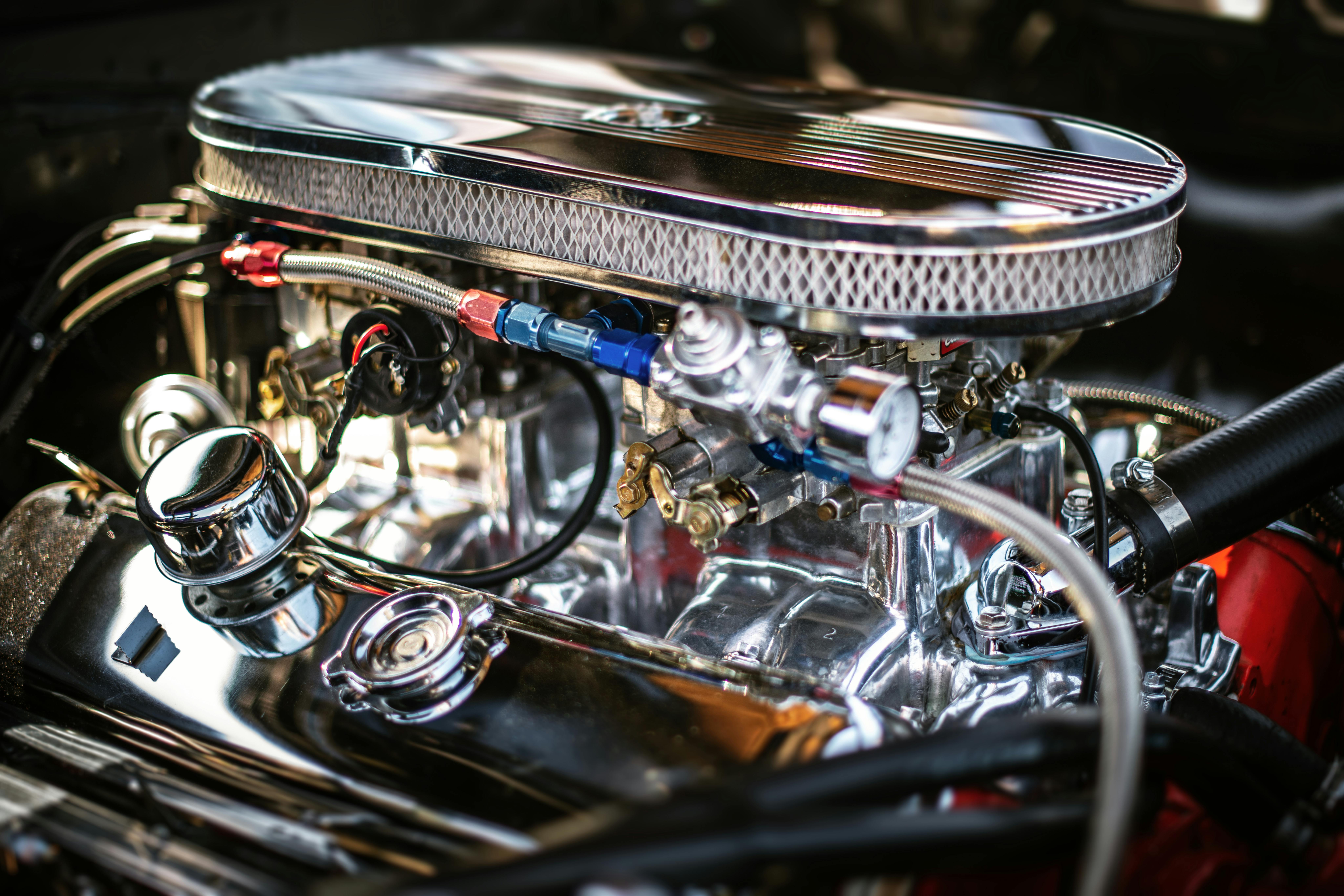Building sustainable businesses
“Success is a mixture of having a talent for what you are doing, knowing that you have to work hard and have a purpose.” Margaret Thatcher
Saving has always been at the center of IKEA’s corporate culture. Its purpose, as described by its founder Ingvar Kamprad in 1943, is “to create a better everyday life for many people by offering a wide range of functional and well-designed home furnishing products at prices so low that as many as possible people can afford them. ” More than half a century later, the same purpose is becoming a virtue of sustainable growth in the 21st century.
The concept of low prices has long been the linchpin of IKEA’s outstanding performance in a traditionally low profitability sector, as it translated into all company operations to ensure that all possible costs are eliminated, from the sleek design and simple to the slim. from manufacturing to flat packaging to strictly controlled logistics to the concept of its stores and its self-service model, all mutually reinforcing.
Having mastered the virtues of lean operations, IKEA is now taking it to the next level under the guise of achieving sustainable growth, that is, decoupling growth from environmental impact and increasing the positive social impact of the company.
Obviously, this will further drive cost reductions through initiatives such as becoming 100% energy self-sufficient by 2020 in all its operations, from stores to factories and distribution centers (with an investment of 1.5 billion euros until 2015 in renewable energy through, for example, the installation of solar panels on the roofs of its stores and the construction of wind farms) which, in addition, will reduce the risk of carbon pricing that will be implemented in most of the countries where it operates. Further cost reductions will also be achieved by ensuring that all operations are LED-enabled or by remaking classic products using fewer parts or by working with the furthest parts of the supply chain, such as cotton growers, to lower their running costs (for example, pesticides, fertilizers and water) while increasing yields.
IKEA definitely seems to “lead by example”, making a direct link between sustainability issues like energy efficiency, waste and pollution management and business value. However, the business case for cutting costs to sustain its business model profitably has always been at the center of IKEA and sustainability issues only add a 21st century twist to the purpose defined by its founder and company strategy.
IKEA
– More than 690 million people visited one of the 300 Ikea stores in 2012, generating 27,000 million euros in sales of sofas, lamps, shelves and other products at low prices, including food.
– More than 139,000 people work in ~ 300 stores in 44 countries that sell nearly 3,000 products from more than 1,000 suppliers.
The views of the IKEA Director of Sustainability on how the original purpose of the company is transformed into a virtue of sustainable growth of the 21st century can be found HERE.
